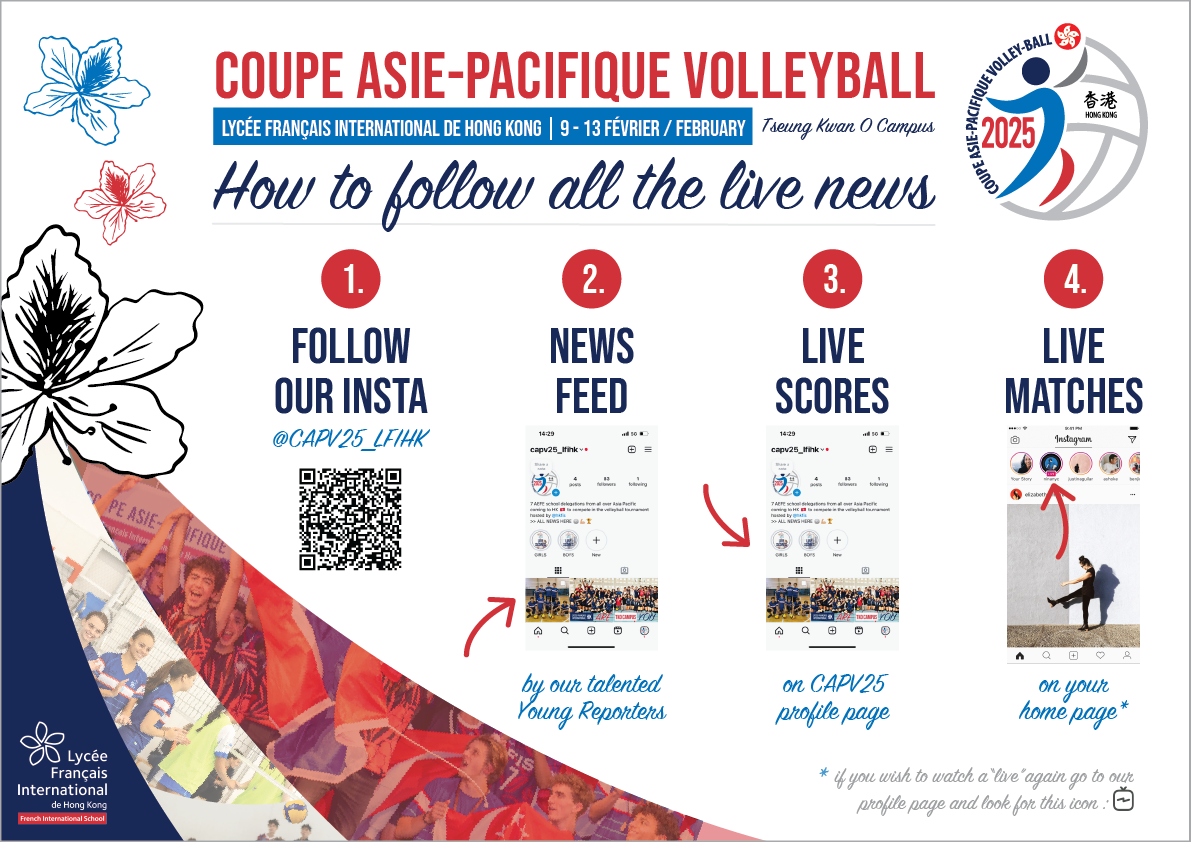Generative AI and Typhoons – How AI is helping us keep FIS Safe

If you are like me - prior to 2023, AI (Artificial Intelligence) was an abstract concept and not something that you interacted with or used on a daily basis. You read about it in newspapers, saw it in movies and tv shows, and wondered whether or not it was some sort of gimmick that would never affect your day-to-day life.
But now in 2024, AI usage is increasingly interwoven with most web applications. Every search engine has an AI assistant, your email client suggests edits to make your tone sound more friendly, and even your phone will help you automatically touch up your photos or sort them into location and theme based cohorts.
In our marketing and communication department we are increasingly finding creative ways to leverage the power of AI to provide value to members of the FIS community. We use it on a daily basis to help us script, draft articles, create images, charts, do translations, and generally help us with our work.
For the past several years - our website featured a simple weather popup that we manually activated when a T3 or higher typhoon was active. This meant that we had to have a team member wake up and monitor the typhoon signals - this created a lag time between the information being released and when we could manually action it.
This problem seemed un-surmountable. We are a small department. We do not have a full-time software engineer on staff that could help us create the needed code to automate the checking of the signal and display of the popup.
AI to the Rescue: Automating the Weather Update
This was before it dawned on us that we could ask AI to code this for us - and we could try implementing it. It was a watershed moment for us as a department and a clear breakthrough against some of the technical limitations we were facing on the software side.
We asked it the following prompt:
Write an auto-refreshing javascript for a website that monitors for keywords in the Hong Kong Observatory RSS feed (https://rss.weather.gov.hk/rss/WeatherWarningSummaryv2.xml) between 12:00 am midnight and 6:00 am and displays a different popup message according to different keywords detected. The popup message should change as the keywords change and be deactivated if no keywords are present.
For keyword “No. 3”, display this message in the popup: T3 is hoisted……… Etc.
After about 40 minutes of tinkering with it and debugging error messages, we were able to solve the problem, and now - after 4 years of early mornings, we have a reliable backup solution to communicate with our community about one of the most critical issues affecting them - whether or not to go to school.
The takeaway from all this is that AI is rapidly evolving and in-use with our students. Last year before the break - I had a chance to lead a workshop with students coming into the IB program about marketing themselves and their future careers.
When I showed a popular AI platform - it was immediately apparent that many of the students knew about it (and were likely using it to augment their studies.)
Practical Uses of AI
AI is now all around us and is used in a variety of ways and contexts - here are some examples below.
Personalized learning: AI-powered tools can analyze student performance and tailor learning materials to individual needs, creating personalized learning paths.
Interactive content creation: Generative AI can create interactive quizzes, simulations, and even virtual tutors, making learning more engaging and accessible.
Automated grading: AI can analyze and grade assignments, freeing up teachers' time for more personalized interaction with students.
Content creation: Generative AI can create high-quality marketing materials, product descriptions, and even social media posts, saving businesses time and resources.
Customer service automation: AI-powered chatbots can handle routine customer inquiries, providing instant support and freeing up human agents for more complex issues.
Data analysis and insights: Generative AI can analyze vast datasets to identify trends, patterns, and insights, helping businesses make informed decisions.
Real-World Examples
Duolingo: This language learning platform utilizes AI to personalize lessons based on user progress and learning style.
Grammarly: This writing assistant uses AI to identify grammar errors, suggest improvements, and even rewrite entire sentences, making writing more efficient.
Netflix: The streaming giant uses AI to recommend movies and shows based on user preferences, ensuring a personalized viewing experience.
I used AI to make the above list.
What is AI good at?
In a recent conversation I had with a colleague he gave me a fascinating insight into how he uses AI. He said it was great for drafting and logic - but terrible for research.
After using it to try to research I can see why. Depending on the client - the AI may invent resources and citations that do not exist.
But as a device to create structure for your information - it is a powerful tool to save time.
For example, AI is a great tool to draft a venue hire policy, but maybe not a great tool to verify whether that policy is legally compliant.
I do not fully understand how AI works, but it is fun to keep using it and seeing how it can be a powerful assistant in both creativity and drafting.
As for the weather, we will still wake up at 5 to respond, but now we can rest assured that the weather will be clearly shown. We are excited for other applications and how we can leverage AI to improve our communication services. The future looks bright for our FIS Communications.







